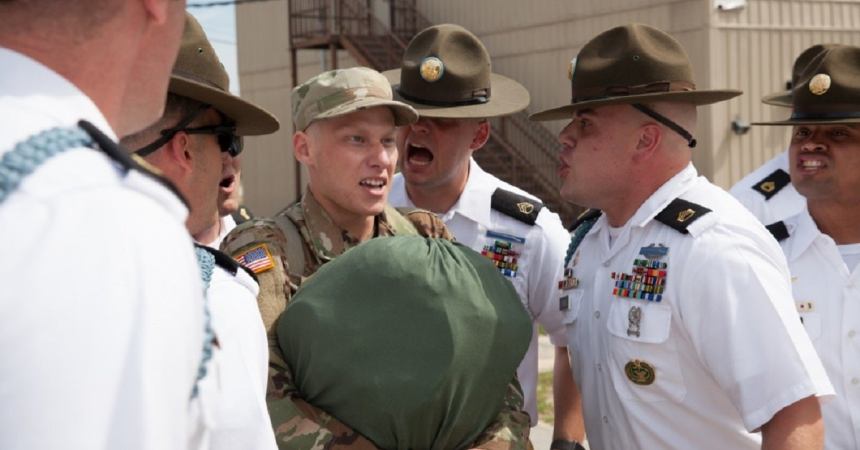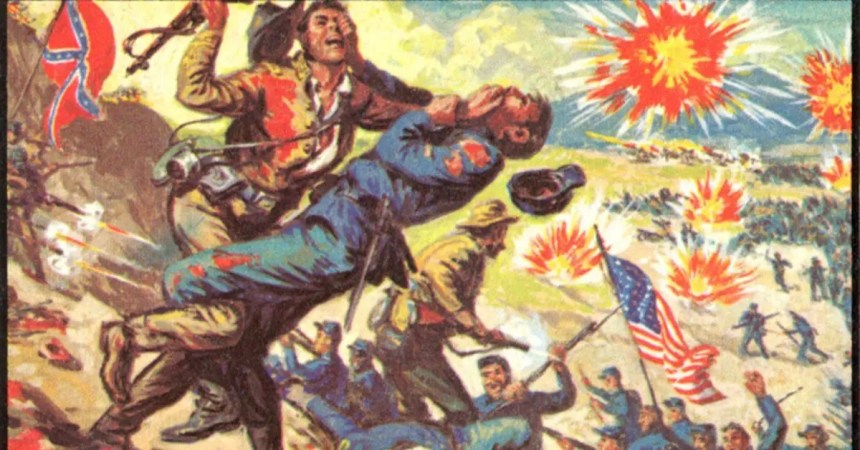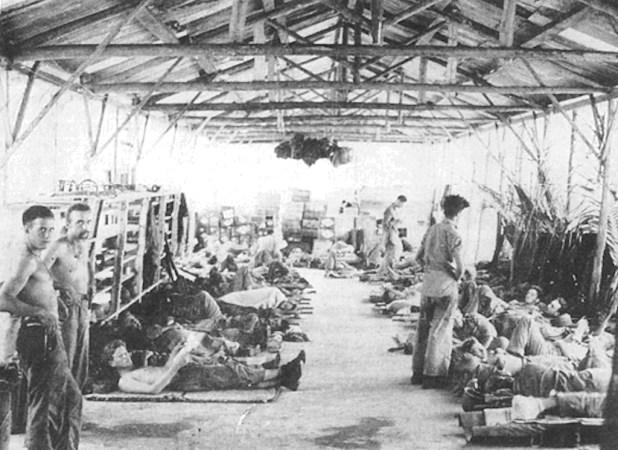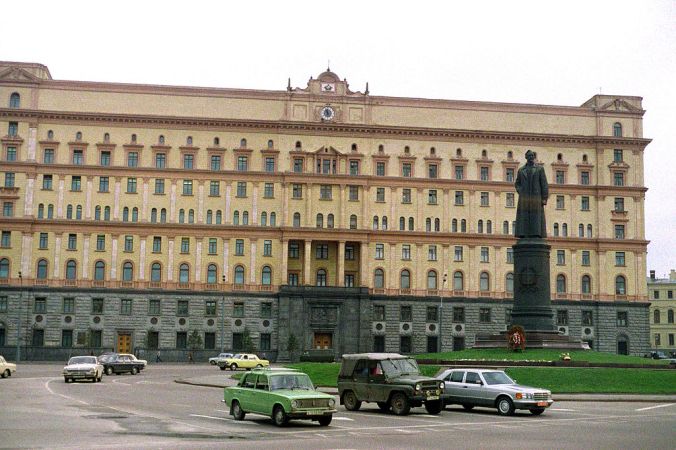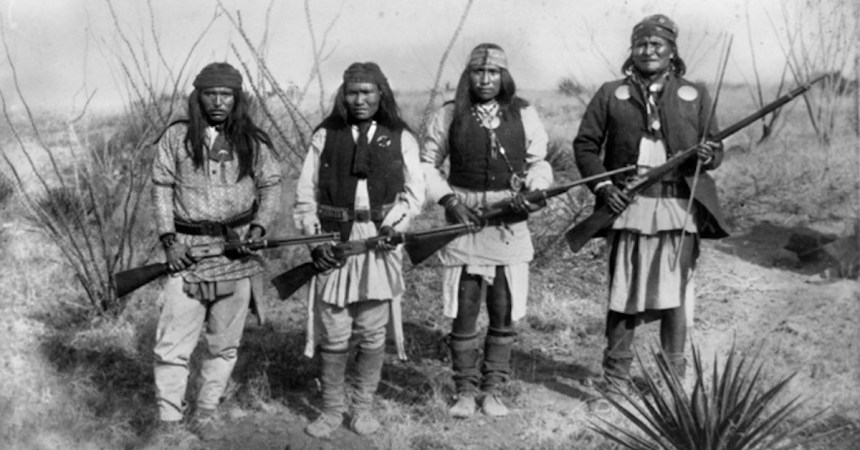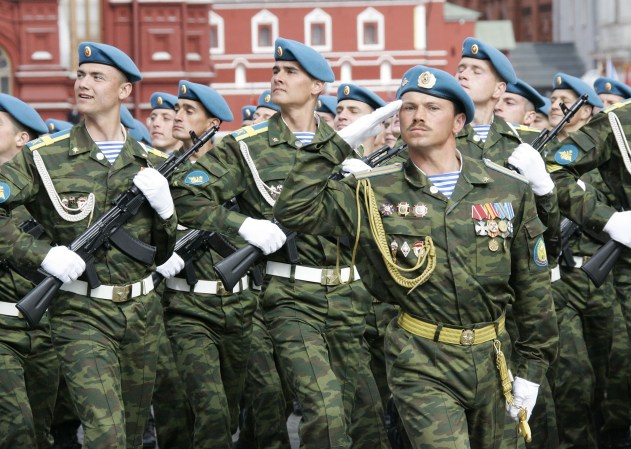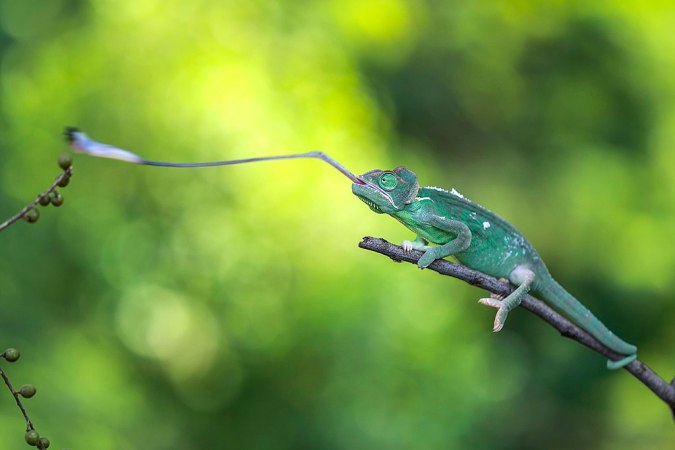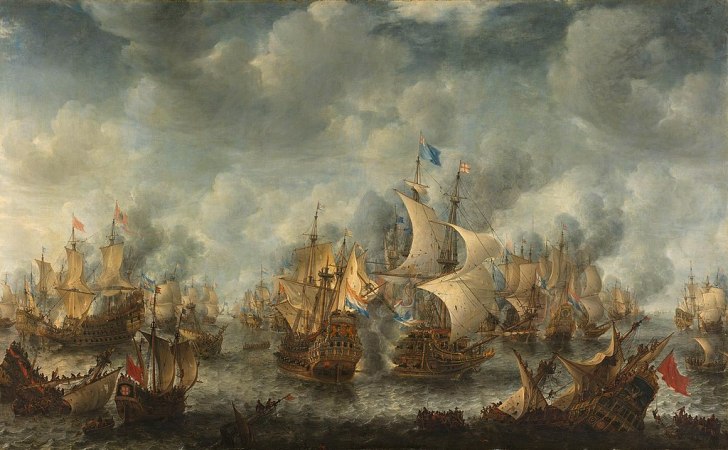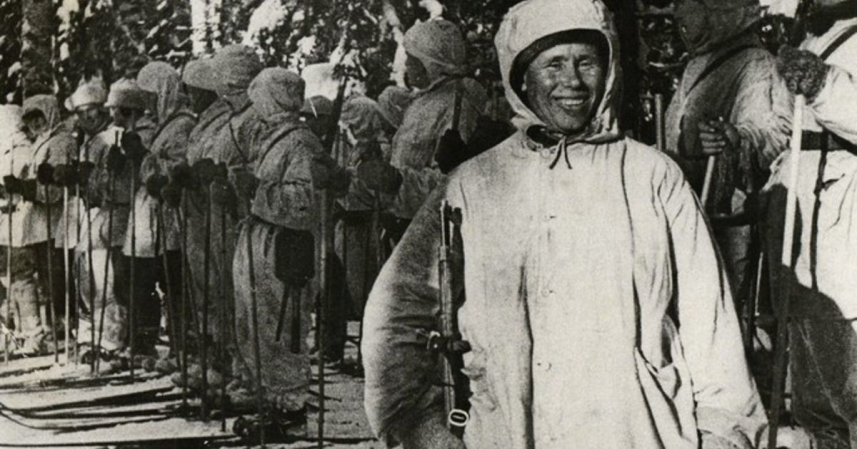Russian soldiers can be seen in photographs and paintings dating as far back at the 17th century wearing “Portyanki,” distinctive footwraps that the Russian military has issued its soldiers since they were fighting Napoleon. They could be seen wearing them as late as 2012.
Portyanki are squares of cloth, cotton worn in summer and flannel worn in winter, that have been distributed to the Russians since before they became the Soviet Union. Finally, in 2013, the Russian armed forces gave in and began issuing Russian troops the latest in footwear protection technology: socks.
Pieces of cloth protecting one’s feet were actually very common once upon a time, before the Industrial Revolution. The Russian Empire’s armies under Tsar Peter the Great fought the Ottoman Empire, the Swedish Empire and Persia, none of which still exist today, and they did it all while wearing the cloth portyanki.

This means the Russian soldiers who fought in Chechnya, Afghanistan, and World War II were all wearing the same uniform item first issued by the Russian Empire, then by the Soviet Union, and finally by the Russian Federation. That’s an incredibly long time to be continually issuing the same non-combat item.
We would try to list a U.S. military issue item that has that kind of longevity, but the United States isn’t even that old. When the U.S. military has an item in inventory for more than 20 years, it tends to make national news. If someone were to allow U.S. troops to use the same piece of equipment for 300 years or more, it would probably prompt a constitutional amendment.
That’s just not how the Russian Federation works. Or how the Soviet Union or the Russian Empire. But the advantages of having troops that knew their Portyanki was that they wouldn’t be left in a lurch if they lost socks or somehow had to protect their feet. Square pieces of cloth are easy to improvise and they don’t need to put a lot of effort into manufacturing them, either.
There are also practical benefits to wearing portyanki over socks. They’re far cheaper to produce and distribute than socks and are quicker to wash and dry. It’s also much easier to repair damaged portyanki than it is to fix a torn pair of socks. The downsides far outweigh those benefits, however.

For starters, the portyanki have to be worn a certain way to prevent blistering of the feet. They need to be wrapped tightly, but not so tight as to cut off the circulation. Until a Russian soldier got the hang of tying their own portyanki, just putting on shoes and marching could be akin to torture.
In the days of the Soviet Union, Red Army troops had to be dressed and ready to fight in as little as 45 seconds. This means after donning the proper uniform and preparing your boots, you have to be able to put on your portyanki perfectly as described or face the rigors of wearing them wrong during an all-day march. Or fighting at Stalingrad.
The beginning of the portyanki’s end came in 2007, when the then-defense minister of Russia Sergei Shoigu announced that the Russian armed forces would begin a phase out that would end in 2013. All good things must come to an end, even if it took 330 years to do it.





